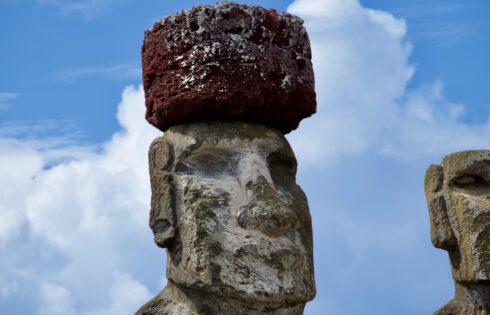
Why Isn’t Easter Island Officially a Wonder of the World? It’s a Little Complicated
If there’s one place in the middle of the Pacific Ocean that seems like it would qualify as a wonder of the world, it’s probably Easter Island. But is Easter

If there’s one place in the middle of the Pacific Ocean that seems like it would qualify as a wonder of the world, it’s probably Easter Island. But is Easter
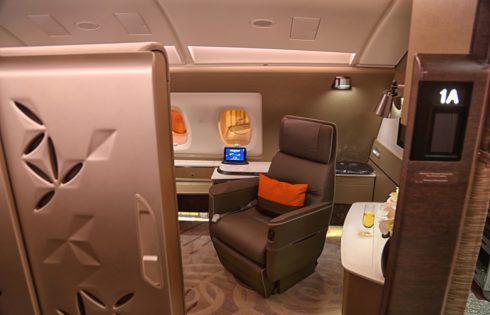
Singapore Airlines’ First Class Suites offer a truly special experience. They’ve kept what made their previous suites great — outstanding service, comfortable double beds, and excellent champagne — while making

Makalawena Beach is one of the most stunning beaches on the Big Island. The beach requires a bit of work to get to which means that chances are you will

The Palazzo Manfredi is a bucket-list worthy hotel in the heart of Rome. It’s a small, boutique property but it offers one of the most memorable hotel views you’ll probably

Tromsø, Norway is a fantastic winter destination. It’s one of those festive European cities that are big on Christmas and one of the top destinations for prime northern lights viewing.
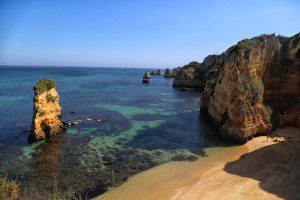
Whether you have a full week or just a weekend in the Algarve, you’ll still have time to take in some of its most beautiful beaches. We only had about
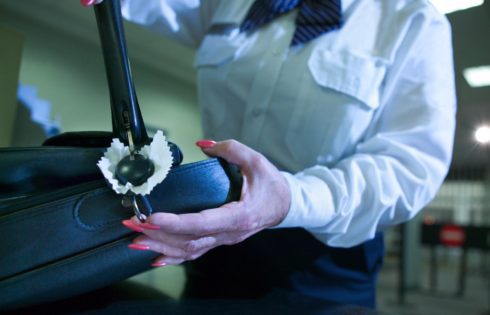
If you’ve done a lot of flying, chances are that when going through TSA security you have experienced a good swab or two. Whether it was your hands or baggage
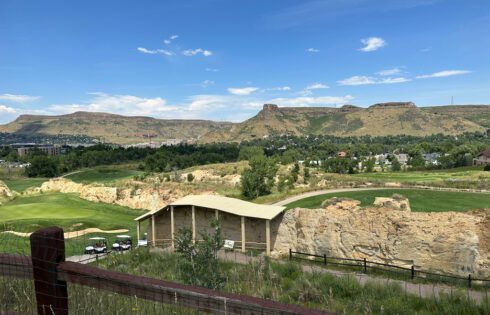
If you have a love for dinosaurs and their history, Denver is truly one of the best cities to visit. You can spend half a day exploring the world famous

Estes Park, Colorado, is famous for breathtaking mountain views — but it’s also home to a hotel that looms large in horror history: the Stanley Hotel. This grand, eerie hotel
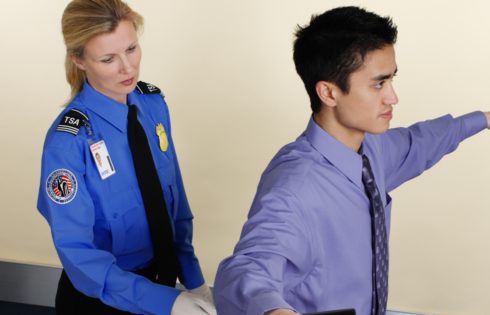
A lot of travelers get a little bit nervous when going through airport security. They are afraid of something going wrong and having a badged TSA officer give them trouble
| Cookie | Duration | Description |
|---|---|---|
| cookielawinfo-checkbox-analytics | 11 months | This cookie is set by GDPR Cookie Consent plugin. The cookie is used to store the user consent for the cookies in the category "Analytics". |
| cookielawinfo-checkbox-functional | 11 months | The cookie is set by GDPR cookie consent to record the user consent for the cookies in the category "Functional". |
| cookielawinfo-checkbox-necessary | 11 months | This cookie is set by GDPR Cookie Consent plugin. The cookies is used to store the user consent for the cookies in the category "Necessary". |
| cookielawinfo-checkbox-others | 11 months | This cookie is set by GDPR Cookie Consent plugin. The cookie is used to store the user consent for the cookies in the category "Other. |
| cookielawinfo-checkbox-performance | 11 months | This cookie is set by GDPR Cookie Consent plugin. The cookie is used to store the user consent for the cookies in the category "Performance". |
| viewed_cookie_policy | 11 months | The cookie is set by the GDPR Cookie Consent plugin and is used to store whether or not user has consented to the use of cookies. It does not store any personal data. |
